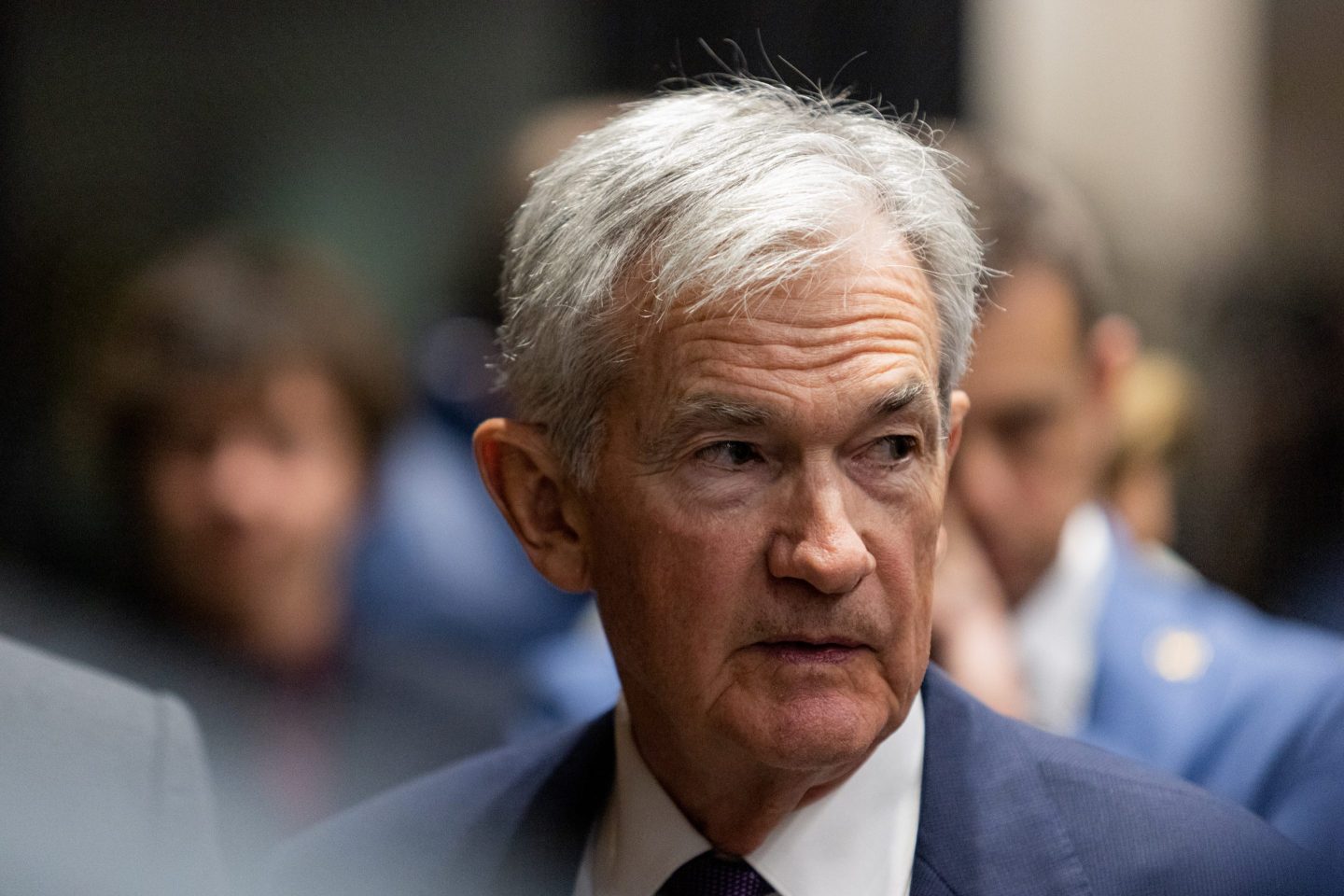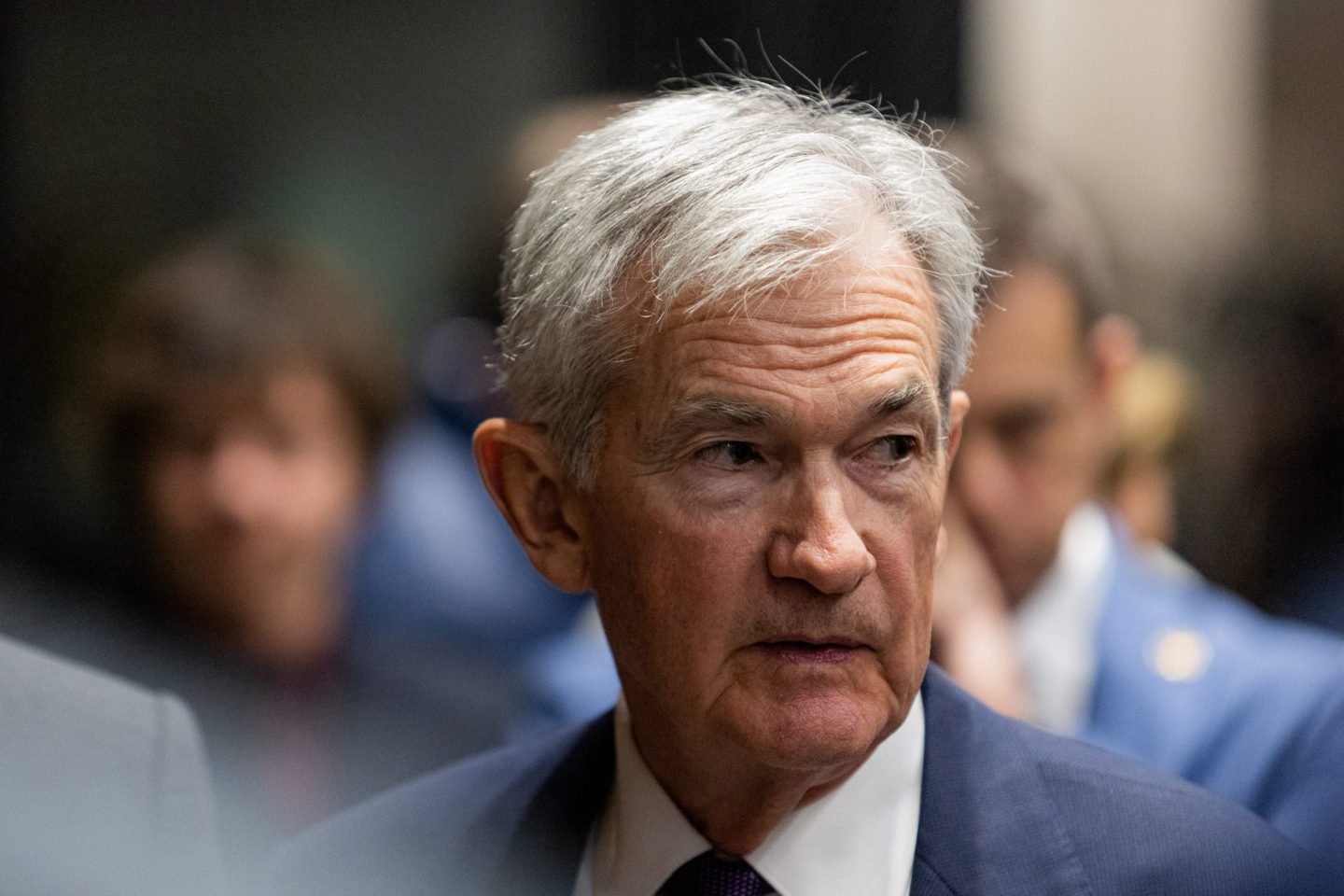A flurry of new crypto spot ETFs launched on Tuesday and Wednesday, meaning that mom-and-pop investors can now invest more easily in lesser-known cryptocurrencies. Until this week, these investors could only buy Bitcoin and Ethereum in ETF form, and based on initial demand, at least one of the new offerings is off to a roaring start.
The new ETF provides exposure to Solana, the sixth most popular cryptocurrency. According to Eric Balchunas, an analyst at Bloomberg Intelligence, the Bitwise Solana Staking ETF (BSOL) had the best ETF launch of 2025 in any asset class. Demand for other new ETFs, providing exposure to Litecoin and Hedera, was more muted.
Although crypto exchanges like Coinbase have long sold these cryptocurrencies, the ETF wrappers mean investors can get exposure to these assets in the form of shares purchased through any brokerage.
“For investors, this is about as McDonald’s easy as you can get,” said Balchunas in an interview with Fortune. “It’s low-cost, easy, and safe.”
The launch of this latest crop of ETFs comes nearly two years after the Securities and Exchange Commission first opened the door to crypto funds in January 2024. That’s when the agency finally approved a bid by BlackRock and others to sell Bitcoin ETFs, following a nearly decade-long legal battle with the crypto industry. The first Ethereum ETFs launched later that year.
Now, with the launch of ETFs for more obscure cryptocurrencies, traders will have access to an even deeper array of digital assets.
On Thursday, BSOL, the Solana ETF issued by crypto asset management firm Bitwise, saw $46 million of trading volume in its third day. By contrast, the Canary Hedera and Litecoin ETFs saw roughly $2.3 million and $500,000, respectively, in their third day.
“BSOL did phenomenally well,” said Hunter Horsley, the CEO of Bitwise, in an interview with Fortune. “And I think it connected with a lot of investor demand.”
Other issuers to launch Solana and Hedera ETFs are Grayscale and Canary, respectively. The race to launch new cryptocurrency ETFs is competitive, as first movers are better able to cultivate investor loyalty and gain a leg up on competitors who are slower to come to market.
“It’s like the Ricky Bobby quote, ‘If you’re not first, you’re last,’” said Balchunas. “There’s a little of that in the ETF world. That’s why there’s such a rush to market.”
A hard-won legal fight
The quest for a crypto ETF dates back to as early as 2013, when the Winklevoss twins —whose legal battle with Meta founder Mark Zuckerberg was popularized in the movie The Social Network—sought approval for a spot Bitcoin ETF.
Spot Bitcoin ETFs, which track the current price of the popular cryptocurrency, became a white whale for those in the sector. But, under multiple administrations, the SEC rejected applications for them, citing the immaturity of the market and the potential for manipulation. In 2021, the agency approved a Bitcoin futures ETF, but not a spot fund.
In 2022, Grayscale, a prominent crypto asset manager, sued the agency for allowing futures-based but not spot funds. Grayscale won the case in August 2023. In 2024, a select few spot ETFs launched to record success. BlackRock’s iShares Bitcoin Trust (IBIT) attracted $70 billion in total assets more quickly than any other ETF. Its Ethereum fund (ETHA) also set record inflows.
Under the Trump administration, the floodgates for spot crypto ETFs flew open after the SEC updated its guidance in July.
But the recently launched ETFs for Solana, Hedera, and Litecoin appear to make use of new guidance that the SEC issued at the start of the ongoing federal government shutdown. While the exact technicalities of how these issuers were justifying the listing of their new funds were unclear to Balchunas, he said that they were being opportunistic. “These issuers are very crafty. They found phrasing in guidance put out by the SEC about what to do in the shutdown,” he added.
Balchunas also predicted that XRP, the fifth biggest cryptocurrency, would be the next crypto ETF to launch. “If I had to bet $1,000, I would say it would launch a couple of weeks after the government comes back,” he said.










